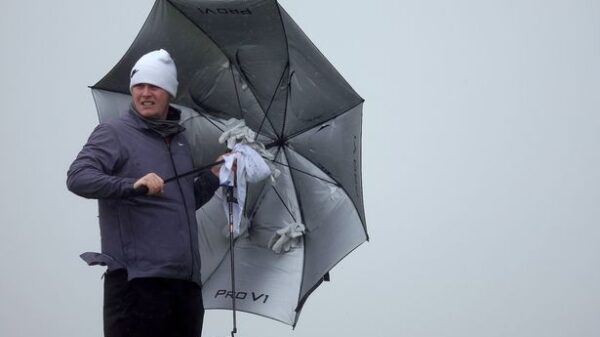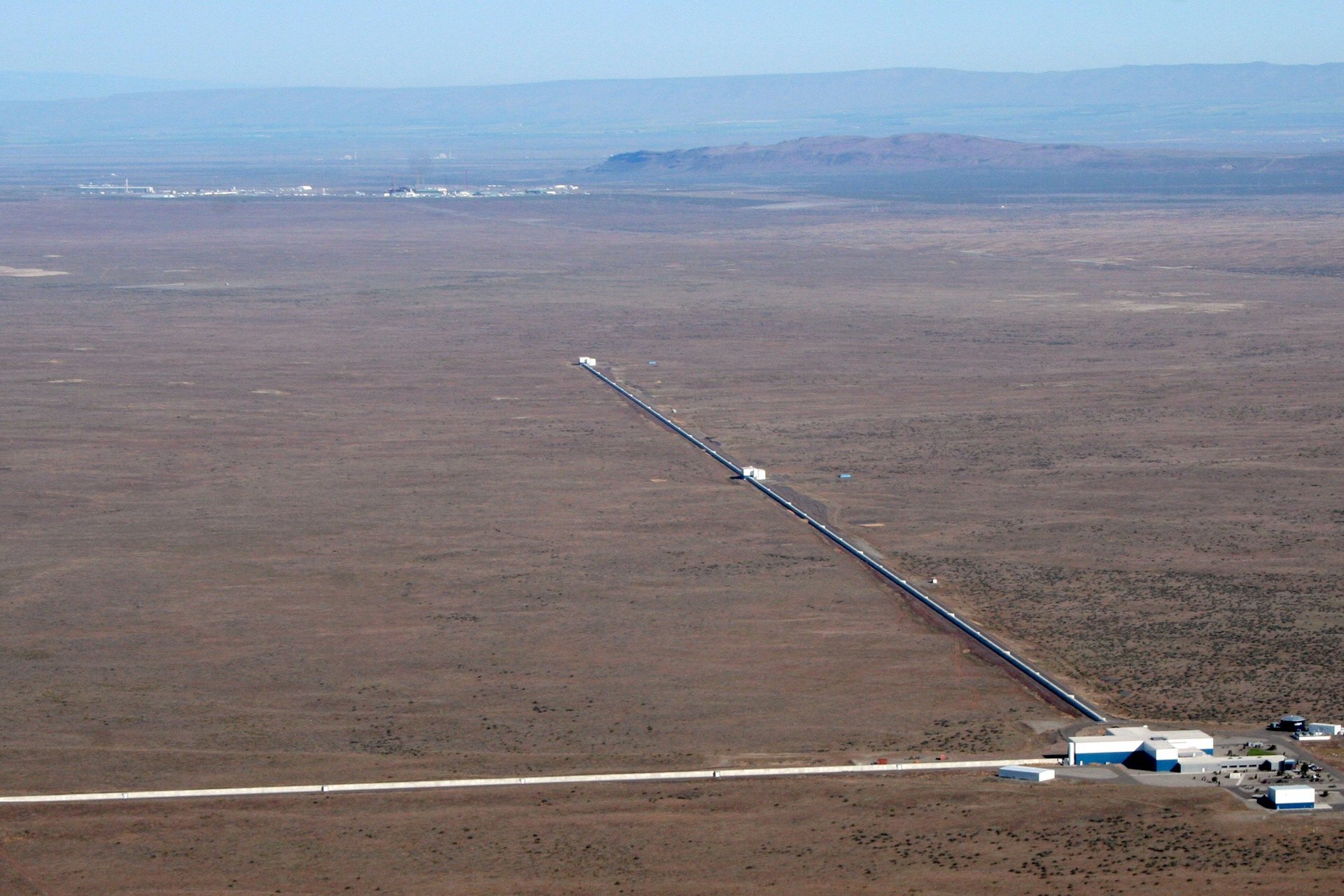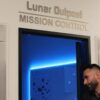Recent research has revealed that gravitational wave detectors are significantly influenced by human activities, particularly during the transition to daylight savings time. A paper by Reed Essick from the University of Toronto outlines how these time changes affect the sensitivity of the Laser Interferometer Gravitational-Wave Observatory (LIGO). The study, titled “Can LIGO Detect Daylight Savings Time,” highlights the unexpected ways human patterns can interfere with astronomical measurements.
The findings indicate that while daylight savings time itself does not alter the gravitational waves produced by distant cosmic events, it does have a measurable impact on the human activities surrounding the detectors that observe these phenomena. Essick’s research utilized data from two injection campaigns during LIGO’s observing runs, specifically between 2019 and 2020 and from 2023 to 2024. These campaigns involved introducing simulated gravitational wave signals into the system to assess the detectors’ sensitivity in various conditions.
Patterns emerged showing that LIGO’s sensitivity fluctuated based on the typical schedules of human activity. Notably, there was a pronounced drop in sensitivity during weekdays, particularly on Tuesdays and Wednesdays when maintenance activities were often conducted. This trend coincided with a decline in detector performance as instruments were taken offline for upkeep.
A daily cycle was also identified, where sensitivity diminished during working hours but rebounded significantly after 6 PM, when human presence decreased. More strikingly, the study revealed a 74-minute difference in sensitivity changes when shifting between standard time and daylight savings time, aligning closely with the hour-long adjustment of clocks.
These findings are not entirely surprising, as previous studies in fields like seismology have similarly reported how human activity impacts measurements. Essick’s research extends beyond LIGO’s facilities in Washington and Virginia, incorporating background noise data from Virgo in Italy and KARGA in Japan. However, the influence of the US-based LIGO detectors remains predominant in the overall network due to their weight in the system.
This discovery carries significant implications for gravitational wave astronomy. The direction from which gravitational waves originate can affect the data collected, and the study underscores the necessity of accounting for variations linked to time of day, day of the week, and seasonal changes. Essick emphasizes that understanding these patterns will be crucial for accurately interpreting gravitational wave observations.
While the prospect of developing advanced space-based interferometers could mitigate the influence of human activity, the current challenge remains. Unless such technology is realized, researchers must navigate these complexities to ensure the integrity of gravitational wave detection.
For further insights, the full paper can be accessed via arXiv, providing valuable information on the ongoing evolution of gravitational wave research.






































































